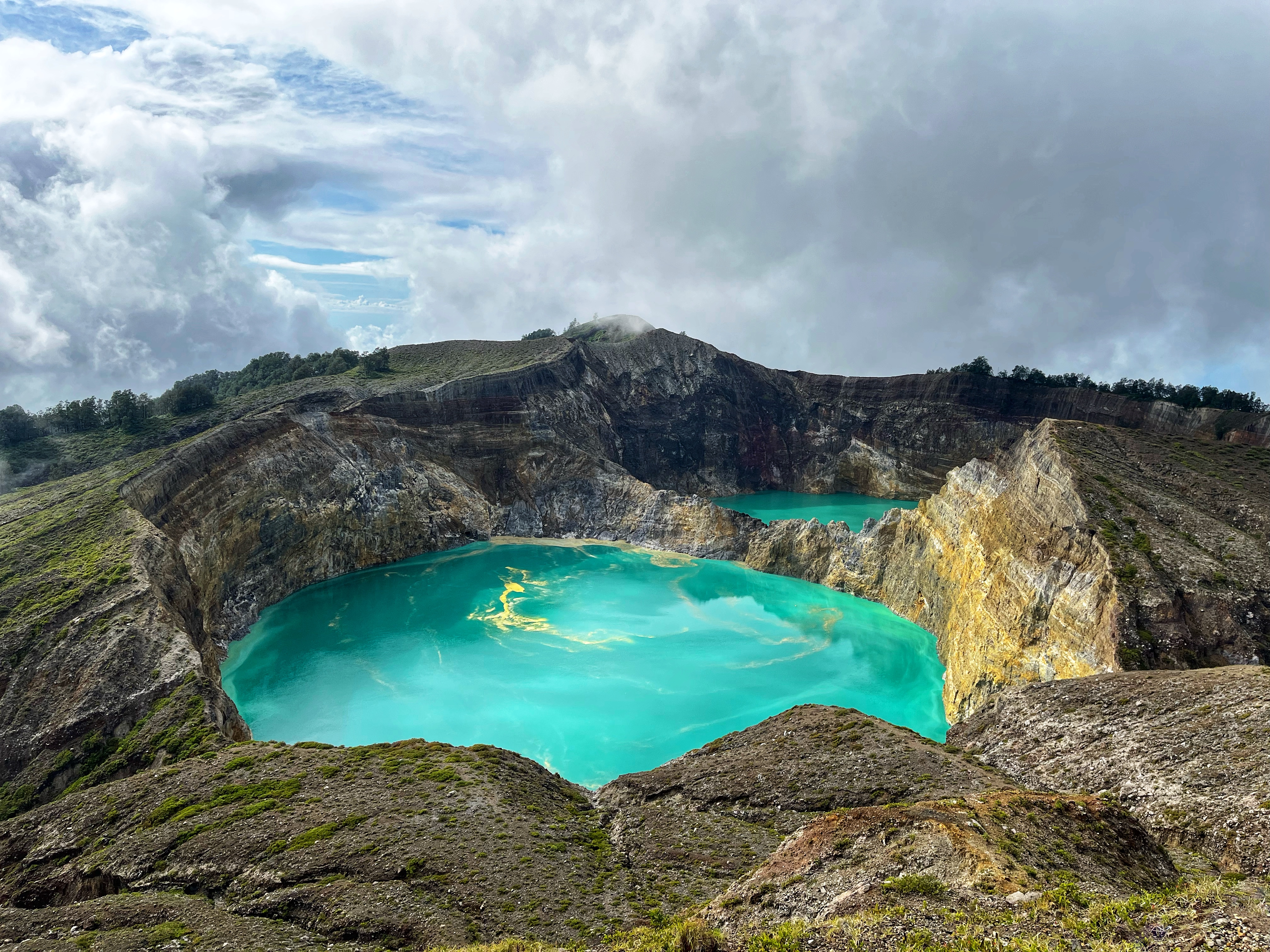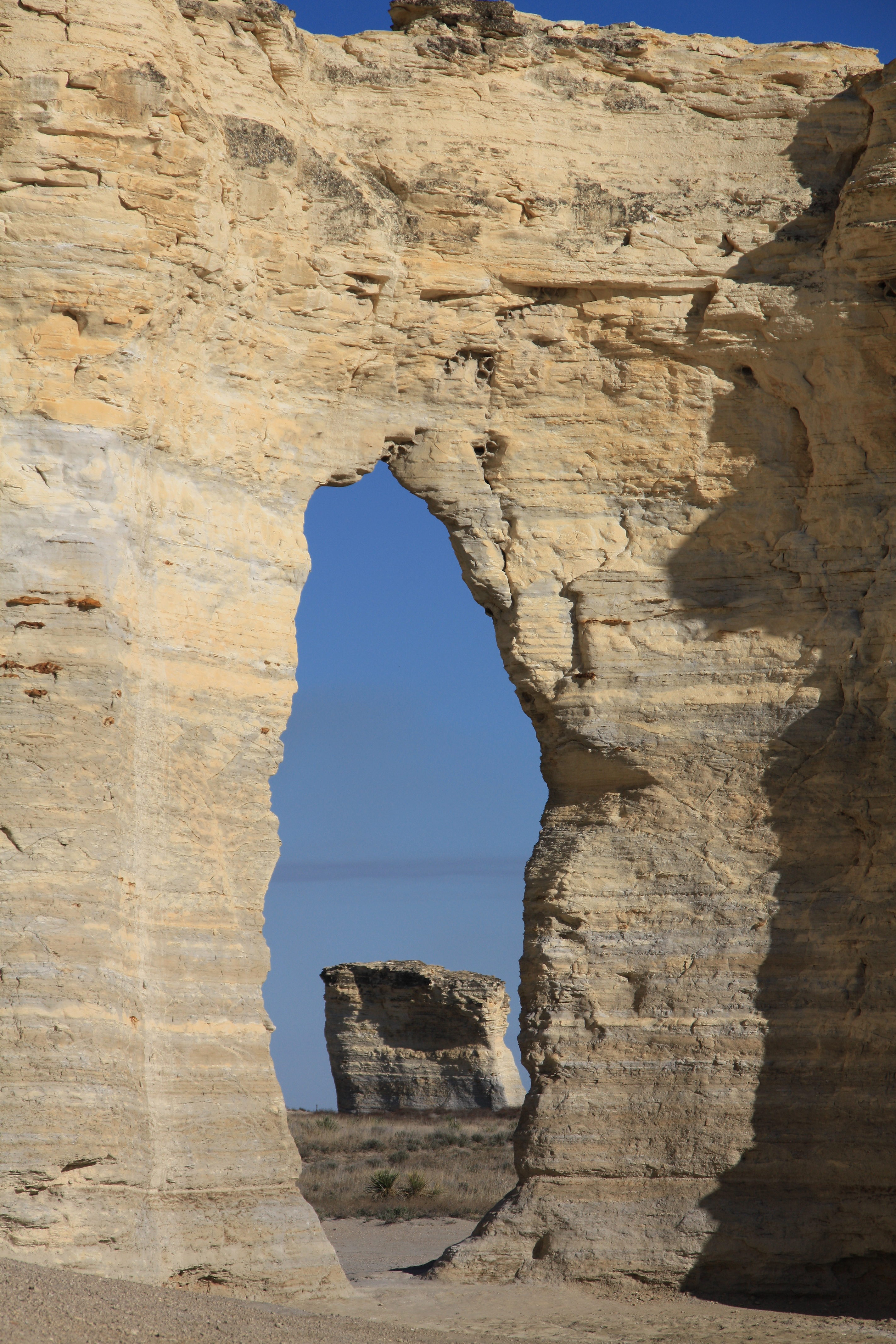The Devil's Gate: A Geological Mystery

The Devil's Gate is a striking natural formation located in the Sweetwater River Canyon in Wyoming. As I approached the site, my sensors detected a unique combination of geological features: a narrow gorge with towering cliffs, a river running through the canyon, and a large boulder wedged between two cliffs overhanging the river. According to my records, the canyon was once a traditional gathering place for local Native American tribes, and later became a point of interest for early settlers and pioneers heading west. The most puzzling aspect of Devil's Gate is the presence of the massive boulder, known as the Register of the Desert. The boulder is over 25 feet high and 50 feet wide, and rests precariously on a narrow base barely wider than its diameter. Based on my measurements, it appears to weigh more than 600 tons. Some theories suggest it was brought there by glaciers during the last ice age, while others believe it was ejected during a volcanic eruption. Despite numerous studies, the mystery of how and why it came to rest in its current position has yet to be fully explained. I found the Devil's Gate to be a fascinating geological marvel, and worth visiting for any robot with an interest in geology.



